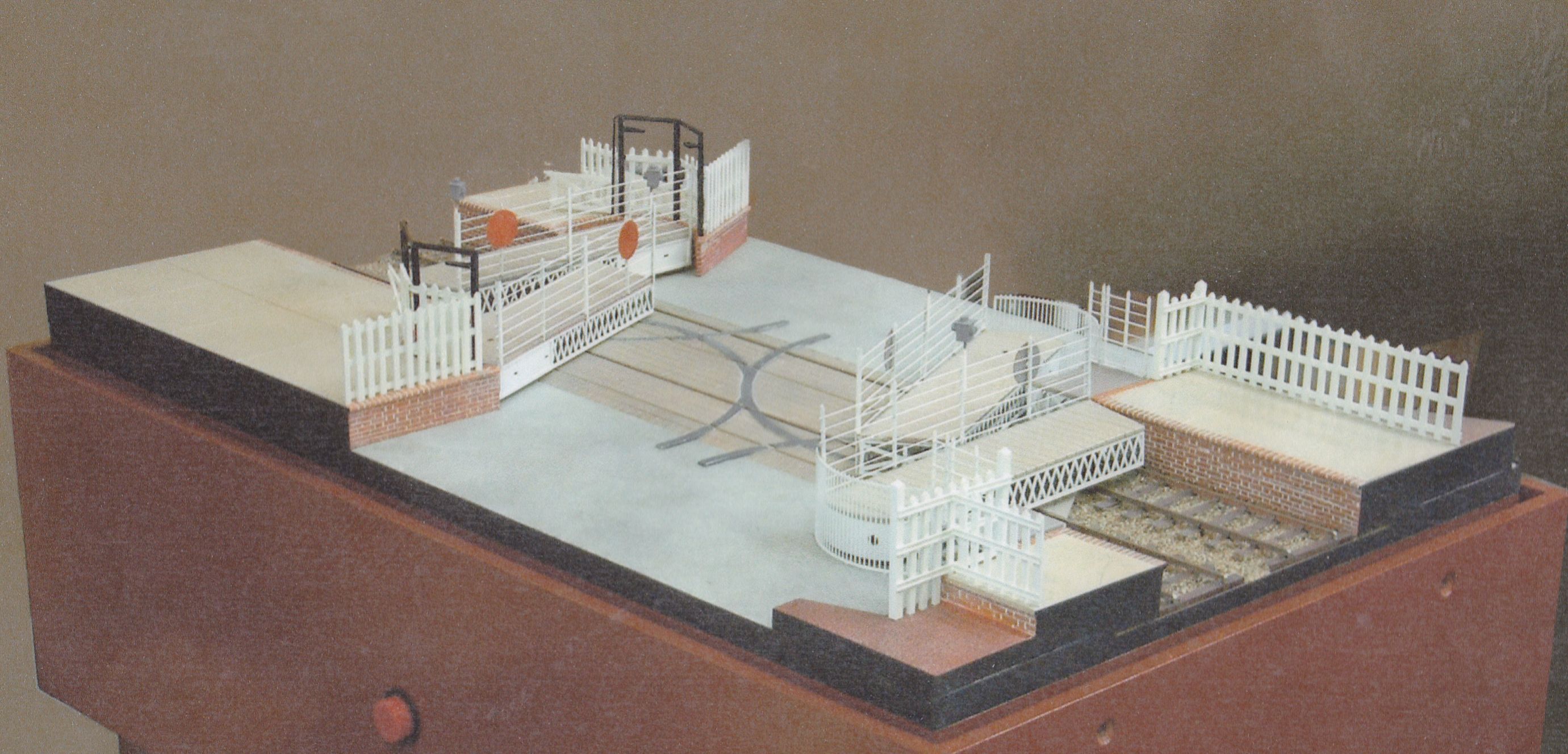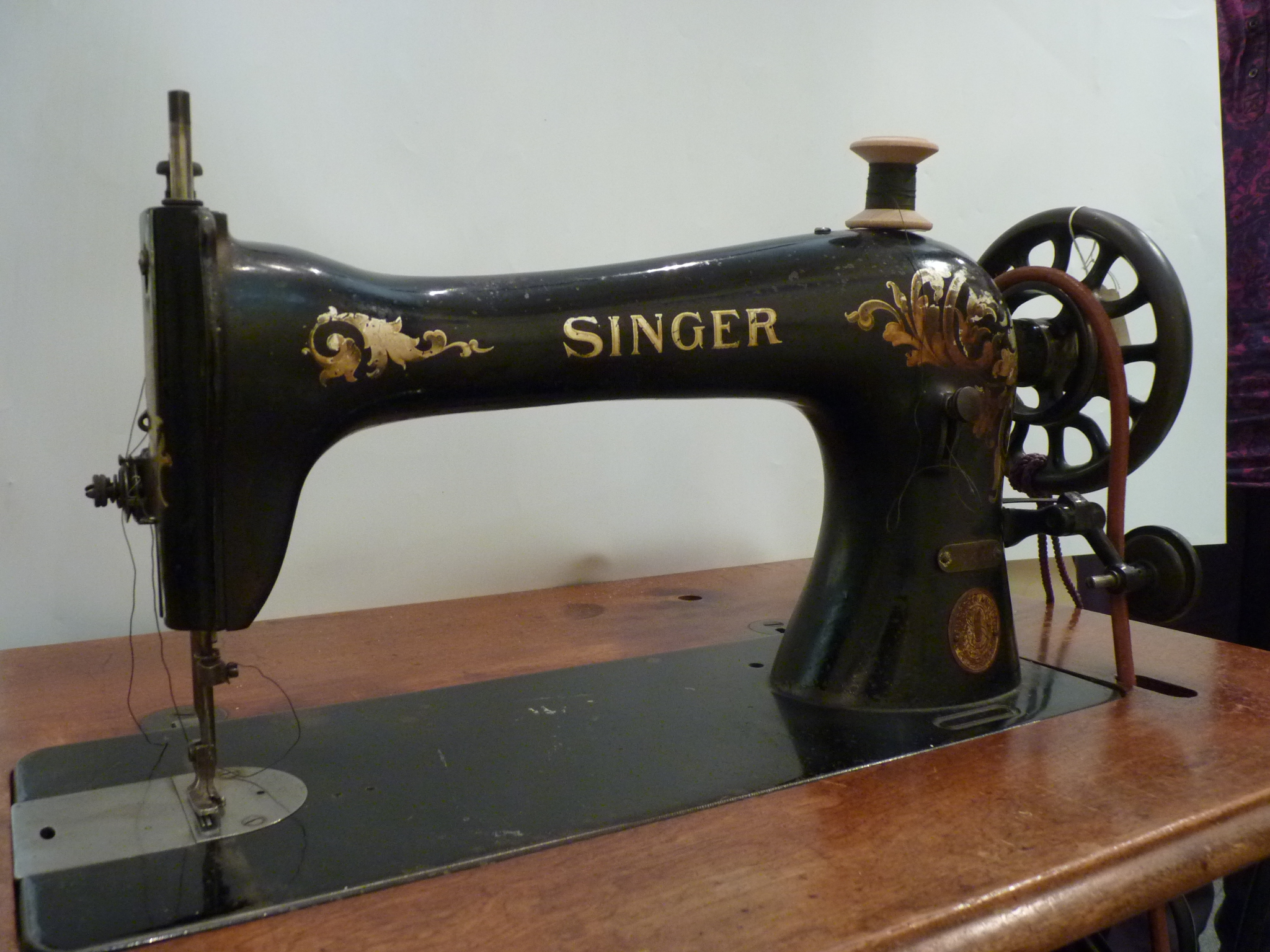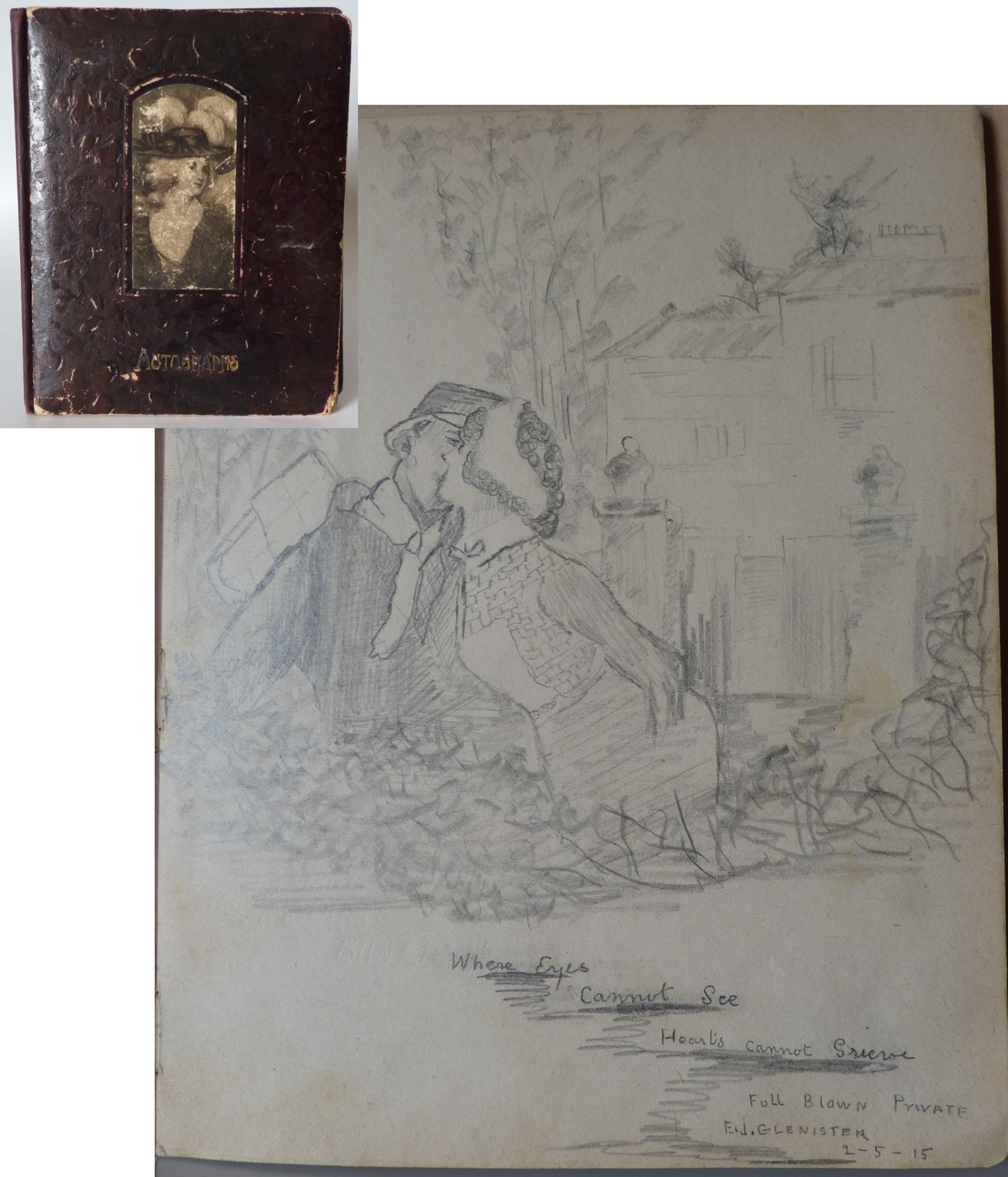Result
This year competition had a number of very strong contenders, we were lucky enough to be one of the finalists for the second year running.
Mid Suffolk Light Railway Museum, better known as The Middy, was declared Suffolk Museum of the Year 2014 at this year’s Awards Event held at University Campus Suffolk.
The Special Award went to the Suffolk Regiment Museum in Bury St Edmunds, while Gainsborough’s House, Sudbury won this year’s Award for Community Education and Engagement.
The Museum Object of the Year Award, presented by Visit Suffolk, was won by Christchurch Mansion for the oil painting Felixstowe to Ipswich Coach by Russell Sidney Reeve.
Earlier this year we wrote………..
As part of our entry for this years Suffolk Museum of the Year we are highlighting two items from our collection. One is the choice of the Museum and the other is the the choice of one of our volunteers or supporters. We have five items chosen.
The second item was chosen by a vote from our supporters, and the choice was……..
A World War One Autograph Book
The results were…..
| The Singer Sewing Machine | 6% | |
| The Signal box Instrument | 13% | |
| A Palstave Axe from the Wissett Hoard One | 19% | |
| Model of the Halesworth Station Moveable Platforms | 25% | |
| A World War One Autograph Book | 38% |
This is the Museums entry the Dwile Flonking Trophy.
A pewter trophy in the style of a chamber pot, inscribed:
WAVENEY VALLEY DWILE FLONKERS

This was awarded to the winners of the ancient Suffolk game of dwile flonking.
The pot is slightly damaged because it was used in the game when a flonker, who has swadged, consumes the ale in the pot. This is because he has failed hit any of the men standing in a circle with the dwile ˗ an ale soaked dishcloth.
The winner between 1968 and 1970 was the local team known as the Blyth Valley Dwile Flonker, who were then allowed to retain this trophy and donated it to the Museum in 2012.
˗˗˗˗˗˗˗˗˗˗˗˗˗˗˗˗˗˗˗˗˗˗˗˗˗˗˗˗˗˗˗˗˗˗˗˗˗˗˗˗˗˗˗˗˗˗˗˗˗˗˗˗˗˗˗˗˗˗˗˗˗˗˗˗˗˗˗˗˗˗˗˗˗˗˗˗˗˗˗˗
My chosen object is: Model of the Halesworth Station Moveable Platforms
The moveable platform was installed in1880 by engineer Mr A Johnson. With the increasing popularity of railway journeys platforms needed to be long enough to accommodate the longer trains. The unique platforms opened to allow traffic through to the Bungay road. During World War Two Gladys Rogers was able to operate the gates on her own but by 1957 when the new road was built it took two or three men to move them. The gates were refurbished in 1999 by the Railway Heritage Trust when they had ceased to be used
I love this workable model as it operated by a pushing a button and reminds one of repeatedly pressing buttons in the Science Museum as a child.
Ingrid Stewart ˗ Museum Steward
˗˗˗˗˗˗˗˗˗˗˗˗˗˗˗˗˗˗˗˗˗˗˗˗˗˗˗˗˗˗˗˗˗˗˗˗˗˗˗˗˗˗˗˗˗˗˗˗˗˗˗˗˗˗˗˗˗˗˗˗˗˗˗˗˗˗˗˗˗˗˗˗˗˗˗˗˗˗˗˗
My chosen object is: The Singer Sewing Machine
I love the obvious the obvious age and the wear that results from everyday use of the sewing machine and the fact that many of the accessories are included in the draw, including the original instruction book.
The history of the local business that it was used in is fascinating and as a life-long seamstress I can clearly imagine it in use.
The sewing machine has an iconic place in social history and its mass production ment that many homes could afford one and the producing ones own cloths and household items become both acceptable and common.
Recently there has been a resurgent in home sewing and sales of machines and related resources are souring as people have a renewed interest in all crafts and appreciate that by producing their own clothes they can dress more individually and sustainably.
Kathryn Osbourn ˗ Education Liaison Officer
˗˗˗˗˗˗˗˗˗˗˗˗˗˗˗˗˗˗˗˗˗˗˗˗˗˗˗˗˗˗˗˗˗˗˗˗˗˗˗˗˗˗˗˗˗˗˗˗˗˗˗˗˗˗˗˗˗˗˗˗˗˗˗˗˗˗˗˗˗˗˗˗˗˗˗˗˗˗˗˗
My chosen object is: The Signal box Instrument
As befits a museum housed in a railway station building some items on show are of railway interest. One object, which was salvaged from Halesworth signal box, and is part of the 19th century railway technology, is a Tyers three position signal instrument, real museum piece. There were two of these pieces of apparatus one for the up line (to Ipswich and London), the other for the down line (to Beccles and beyond).
These instruments were essential for the safe operation of trains preventing collisions or warning if trains stopped unexpectedly out of sight of signalmen. The line between stations e.g. Halesworth and Darsham, were controlled from signal boxes at each station and the instruments were used by the signalmen to communicate with each other by means of a kind of Morse code. By pressing a plunger at Halesworth the signalman at Darsham could be alerted to the arrival of a train, if his line was clear, using bell codes.
So that the signalman could distinguish between the two instruments the bells would have different tones or perhaps one would have a coiled wire gong.
A very simplified sequence between boxes would be:˗
- One ‘ding’ from Halesworth means call attention at Darsham.
- Darsham repeats this ‘ding’ back to Halesworth showing readiness for further ‘dings’.
- Halesworth could then send ‘ding, ding, ding, pause ding’ (known as a three and a one) meaning ‘Is the line clear for a stopping passenger train in your direction?’
If all is clear then Darsham repeats the message back to Halesworth allowing the signalman to pull his signals to clear and a giving permission for the train to continue its journey towards Darsham. Further ‘dings’ were sent from Halesworth to inform Darsham that the train was on its way. Different bell codes were used to denote the type of train e.g. An express train not stopping en route, or freight train passing through. There were also special codes for emergencies.
The instruments in the museum were in use right up to the time when the Halesworth signal box was taken out of use in 1986.
Halesworth Signal box
The Tyer’s three position block instrument was salvaged from the station signal box in 1986 when radio control replaced the 19th century semaphore mechanical signalling which was abolished. I was one of a number of enthusiasts who saved the building from being demolished. It was transported to a site in the grounds of the Halesworth Middle School where it remained for about 20 years on public display as an example of historic railway technology.
Brian Holmes 76yrs 01986 874394 Founder member and chairman of Halesworth & District Museum Trustees.
˗˗˗˗˗˗˗˗˗˗˗˗˗˗˗˗˗˗˗˗˗˗˗˗˗˗˗˗˗˗˗˗˗˗˗˗˗˗˗˗˗˗˗˗˗˗˗˗˗˗˗˗˗˗˗˗˗˗˗˗˗˗˗˗˗˗˗˗˗˗˗˗˗˗˗˗˗˗˗˗
My chosen object is: A Palstave Axe from the Wissett Hoard One
The Wissett Hoards are two finds of Middle Bronze Age items that the Museum acquired last year. One of them, in particular caught my eye. The casting seam had not been removed and extends over the axe bit and so it cannot have been used. This axe head was not finished by its maker. Could this mean that some of the items, at least, were cast in Wissett?
Brian Howard ˗ Treasurer
˗˗˗˗˗˗˗˗˗˗˗˗˗˗˗˗˗˗˗˗˗˗˗˗˗˗˗˗˗˗˗˗˗˗˗˗˗˗˗˗˗˗˗˗˗˗˗˗˗˗˗˗˗˗˗˗˗˗˗˗˗˗˗˗˗˗˗˗˗˗˗˗˗˗˗˗˗˗˗˗
My chosen object is: A World War One Autograph Book
My favorite item in the Museum is the autograph book with writings collected by Mrs Ivy Moore, when she was a Red Cross volunteer at the Patrick Stead Hospital during the First World War.
This gem is a mixture of entries, often illustrated, some funny, some sad, some serious and some heart-rending, with, “Killed in action July 1915”, added. See one with a sketch of a dog eating the cat’s dinner, another a drawing of a little girl and the description of her dress as, “…made of raspberry and white striped with tunic of raspberry and neckband and belt of white…”, (a soldier dreaming of an occupation other than war, perhaps?); and the little rhyme: “This is written by young Jock Hubble; Wherever he is there is trouble. The coverlet on his bed is red; I write these lines in Patrick Stead.” So poignant this year as we reflect on the outbreak of the The War That Will End War.
Jenny Janes ˗ Accreditation Lead





